Module 2 | Know your audience & their needs
Session 1
2 hours
Theme
Thinking through stakeholder and needs mapping
Materials needed
For the participants: Cards, sketch pens, sticky notes
For the facilitator: Whiteboard or chart papers, marker/sketch pen
Methodology
Ground rules to set for all sessions:
- Bring only the devices you need to the session. Note to facilitator: Explain here what is needed for this particular session
- Mute mobile phones before you put them away
- Encourage the participants to take space and make space. To take up space is to speak up and participate actively in discussions and putting their ideas and perspectives across. It is equally important to make space for others to do the same. Note to facilitators: Ensure you check in about this throughout the sessions, especially by making space for those who are not used to taking up space or struggling to do so.
- This is a safe space, and we encourage everyone to check their privilege and ensure that we do not discriminate in speech or action.
- Do remember there are no right or wrong answers. Note to facilitator: Repeating this during the sessions and activities helps participants speak up more freely.
- Divide the cohort into teams of 2-3 members each. Each team can choose their own names. It is best to separate members from the same organisation into different teams. Explain that there will be team activities throughout the workshop.
- Use the same example from the previous day, of the university. Each team may use cards, sticky notes and sketch pens for their activity.
- Invite each team to think through who could be the different stakeholders for the university. You may allot 15-20 minutes for this activity.
Ask each team to list out the stakeholders on a sticky note and attach it to a card. They can then list out 2 stakeholder needs on sticky notes and place it on a card under the stakeholder card. This will look like this: 1 card with stakeholder name sticky note > 1 needs card related to the stakeholder with 2 needs on sticky notes.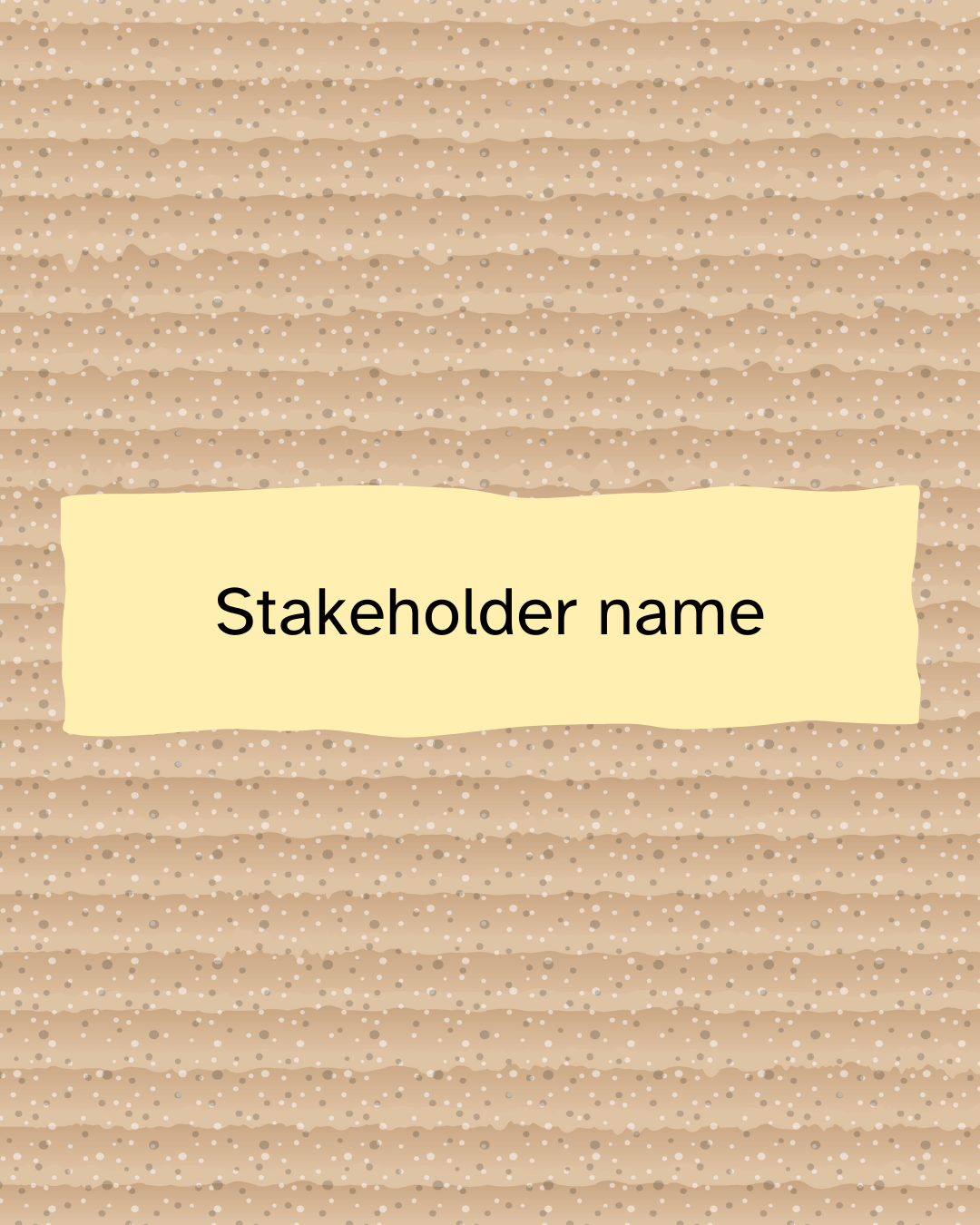
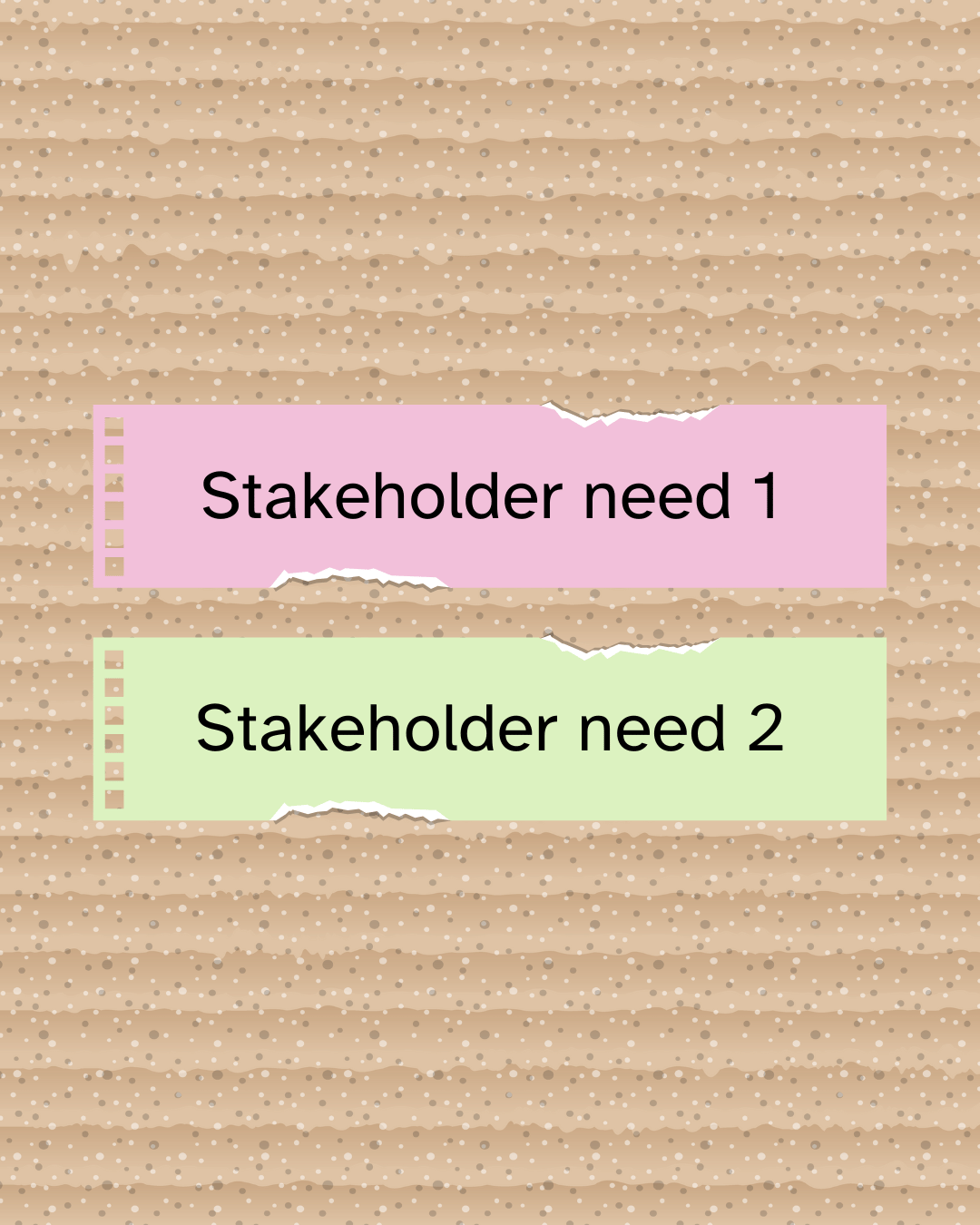
Note to facilitator: Often, you will see that teams get straight to writing without discussing. You may remind them of the importance to discuss and listen to each other, before coming to a consensus on stakeholders and the most important needs to put on the sticky notes. - Each team presents the cards with the names and needs of stakeholders. Facilitator can choose one card from each team for all the the common stakeholders and needs mentioned; for instance, students/teachers/school management/support staff. If any team has come up with a stakeholder not mentioned by any other team, this can be kept separately.
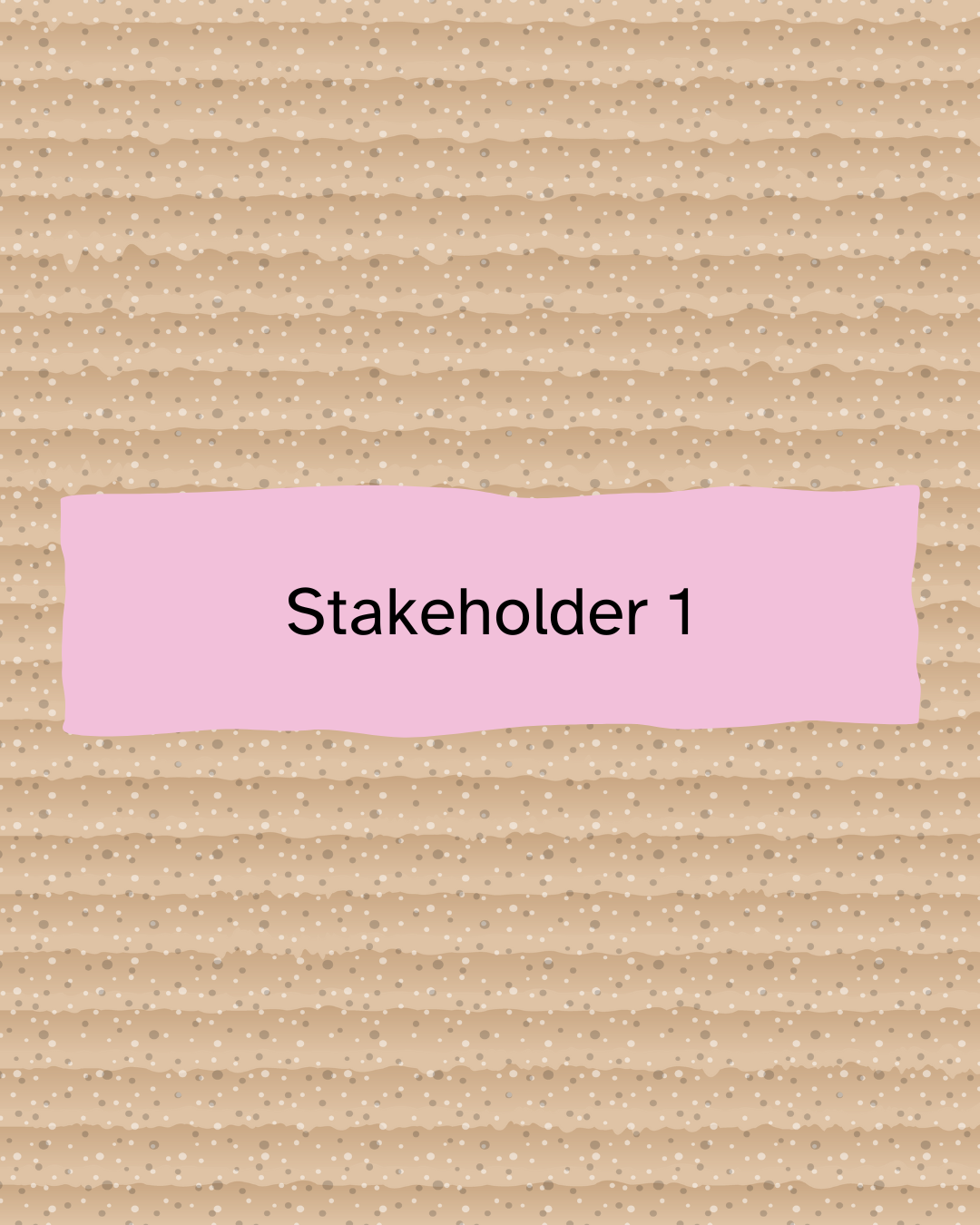
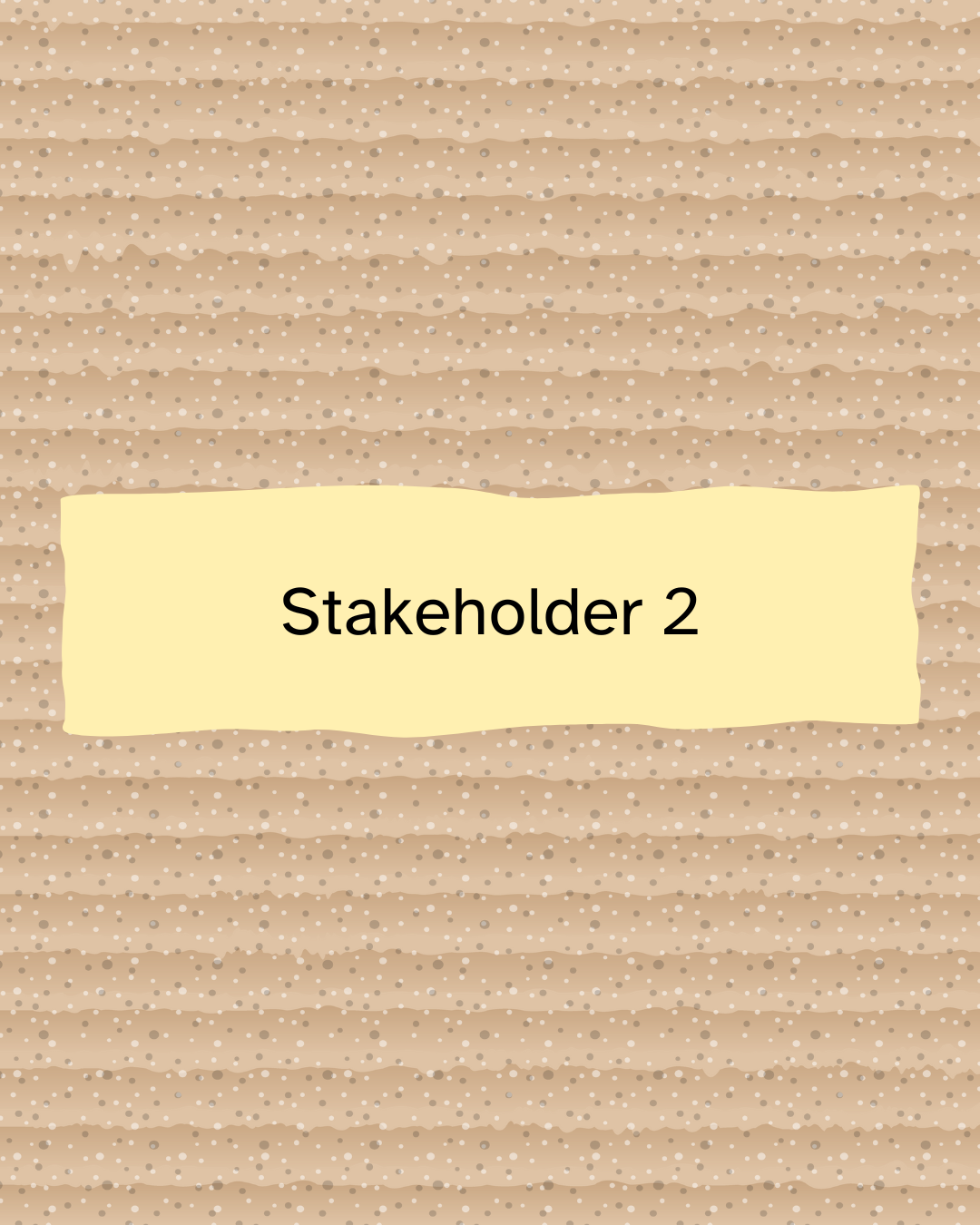
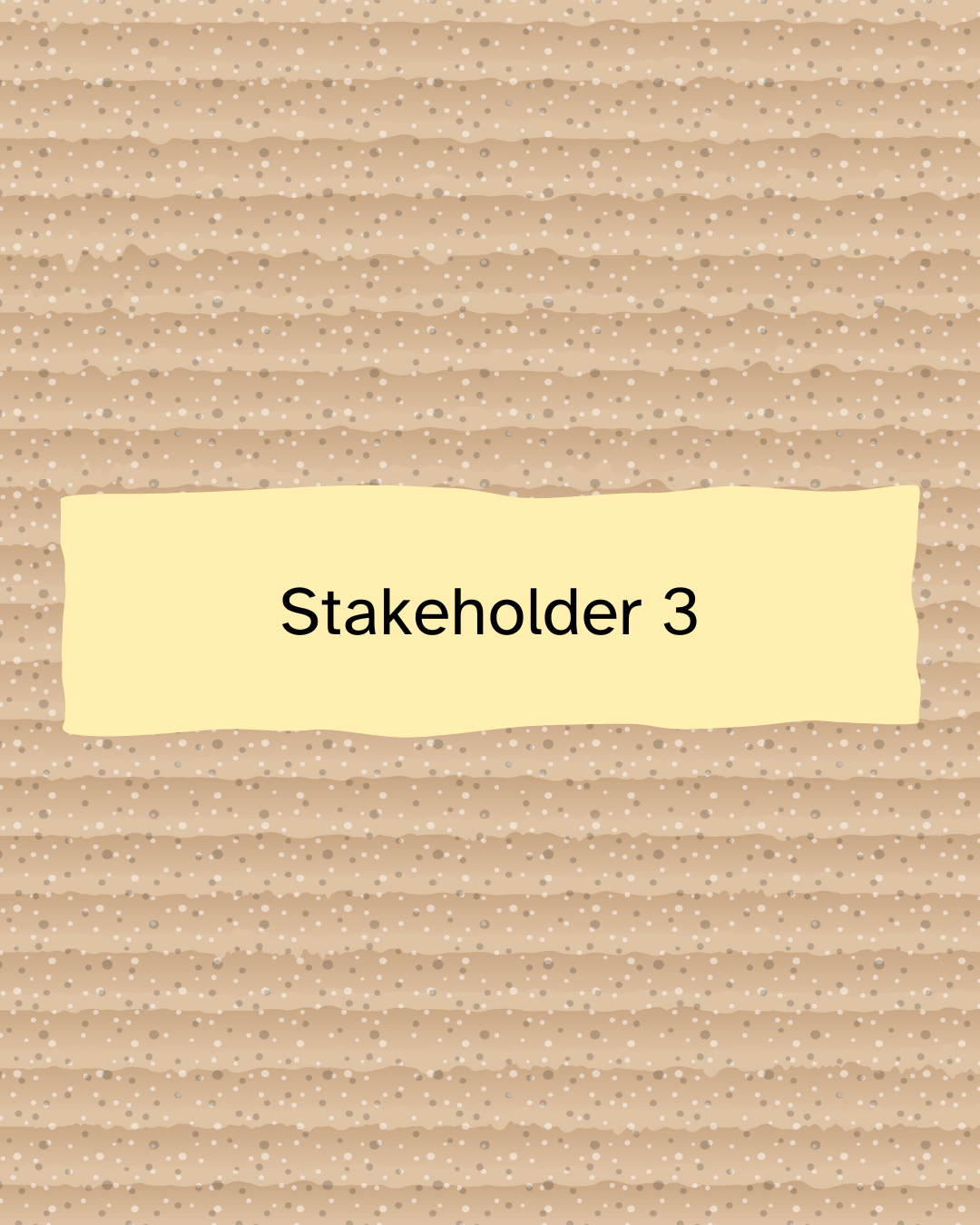



- Once you have a card with needs for each of the stakeholders, read out the names of the stakeholders and their needs mentioned on the first stakeholder card in front of you. If any team has needs for that stakeholder that have not been mentioned in the ones read out, collect that sticky note from that team and add it to your needs card. Go through this exercise with each of the stakeholder cards.
- Once all the stakeholder cards and needs have been sorted, ask the teams to gather around a whiteboard/large chart paper, with concentric circles drawn on it. Let the teams stand up and take a look at the stakeholder + needs cards. Give them a couple of minutes to go through this. Encourage them to ask questions to clarify doubts.
- Explain how there are so many stakeholders for the university, but there will be one or two key stakeholders without whom the university cannot function or its purpose cannot be fulfilled. Invite the cohort to suggest who could be the primary stakeholder in this case. Participants may need help/prompting in thinking this through.
Let the participants place that stakeholder sticky note in the centre of the circles in the chart. Ask participants who the next key stakeholder could be. They place that stakeholder sticky note in the next circle. Similarly, let them arrange all stakeholders in the concentric circles, with the secondary stakeholders moving towards the outer circle. - You can use this to explain to them clearly who are the primary stakeholders and the secondary stakeholders. Essentially, in this example, the primary stakeholders are the ones the university just cannot function without/fulfill its basic purpose. Secondary stakeholders are more like enabler who may be essential for this process to happen, but the primary purpose of imparting education can happen with just two stakeholders: students and teachers/professor.
Ask the participants to take a look at the circles and placement of cards to fully understand who are the primary and secondary stakeholders. Tell the teams they can move the stakeholders closer to the centre of the circle or further away, depending on their involvement in fulfilling the university's purpose.
Give the participants 2 minutes to come to an agreement on all the sticky note placements. Once they are done, ask the to take a final look at the chartpaper/whiteboard.
They have now mapped the primary and secondary stakeholders. - On a whiteboard/chart paper, draw a four-quadrant graph for decision-making, with Power on the X axis and Impact on the Y axis. Give it the title, Decision-making. Explain to the participants that each of these quadrants represents the ratio of the power to make a decision related to the university to the direct impact of that decision on their lives.

- Allow teams to discuss and suggest where each of the stakeholders will find a place on the graph. They can place the stakeholder sticky notes on this chart accordingly.
Note to facilitator: You may need 15 minutes or so for this. Ask the participants to discuss each stakeholder and come to a consensus before placing the sticky note on the graph. Do also note that the participants may be a little confused when it comes to the impact of the decision, especially for stakeholders like parents and management. Your objective is to gently guide them to see that students and teachers have the least power and highest impact even though they are the primary stakeholders, and the management holds the most power and faces the least direct impact of decision-making. - Let the participants have a short discussion (5-7 minutes) on making decision-making more accessible to and inclusive of primary stakeholders. Explain to them that being able to move primary stakeholders from low power/high impact to the quadrant on the top right will achieve better outcomes overall for all stakeholders.
Learning outcomes
- Understanding how to figure out the key stakeholders for different use cases
- Understanding the impact of decision-making, and the idea that the key stakeholders need more power in decision-making
Session 2
1 hour
Theme
Thinking through key stakeholders for the website
Materials needed
For the participants: Sketch pens, chart paper
For the facilitator: Existing stakeholder cards and needs cards
Methodology
Ground rules to set for all sessions:
- Bring only the devices you need to the session. Note to facilitator: Explain here what is needed for this particular session
- Mute mobile phones before you put them away
- Encourage the participants to take space and make space. To take up space is to speak up and participate actively in discussions and putting their ideas and perspectives across. It is equally important to make space for others to do the same. Note to facilitators: Ensure you check in about this throughout the sessions, especially by making space for those who are not used to taking up space or struggling to do so.
- This is a safe space, and we encourage everyone to check their privilege and ensure that we do not discriminate in speech or action.
- Do remember there are no right or wrong answers. Note to facilitator: Repeating this during the sessions and activities helps participants speak up more freely.
- Place the stakeholder and needs cards from the first session on the table. All participants have to gather into their assigned teams. Ask teams to suggest who they think is the one primary stakeholder for the university's website.
- What if the objective of the website is to hire qualified faculty for a couple of departments. Who could the primary stakeholder be in this case? - Help them understand why key stakeholders for the website may be different from the key stakeholders for the university, depending on the university's objective at the time for the website.
- Take the participants through how this is often the case for NGO/changemaker websites.
An NGO's primary stakeholder usually includes grassroots communities. However, the NGO's website is not really these communities. The website is often created for other needs like fundraising, hiring, connecting with partner NGOs, etc. So the primary stakeholder of an NGO's website is most often funders/donors and potential volunteers/core team members. - Pause for questions here.
- Bring the teams back to the activity at hand. They have the university's stakeholders and their needs listed in front of them. Ask each team to think through who could be the university website's key stakeholders, if hiring qualified faculty is one of their top needs at the moment. Each team is free to discuss and choose one more top need.
- Each team has to discuss and present what the website's home page on a chart paper should look like to represent the top two needs.
- Homework: Participants to think through who are the key stakeholders for their projects (websites, other storytelling projects) and what their needs are. Write it down and bring to the next session.
Learning outcomes
- Understanding that key stakeholders and their needs for the website are unique, and may differ from the NGO's key stakeholders
- Applying this learning to their own projects
